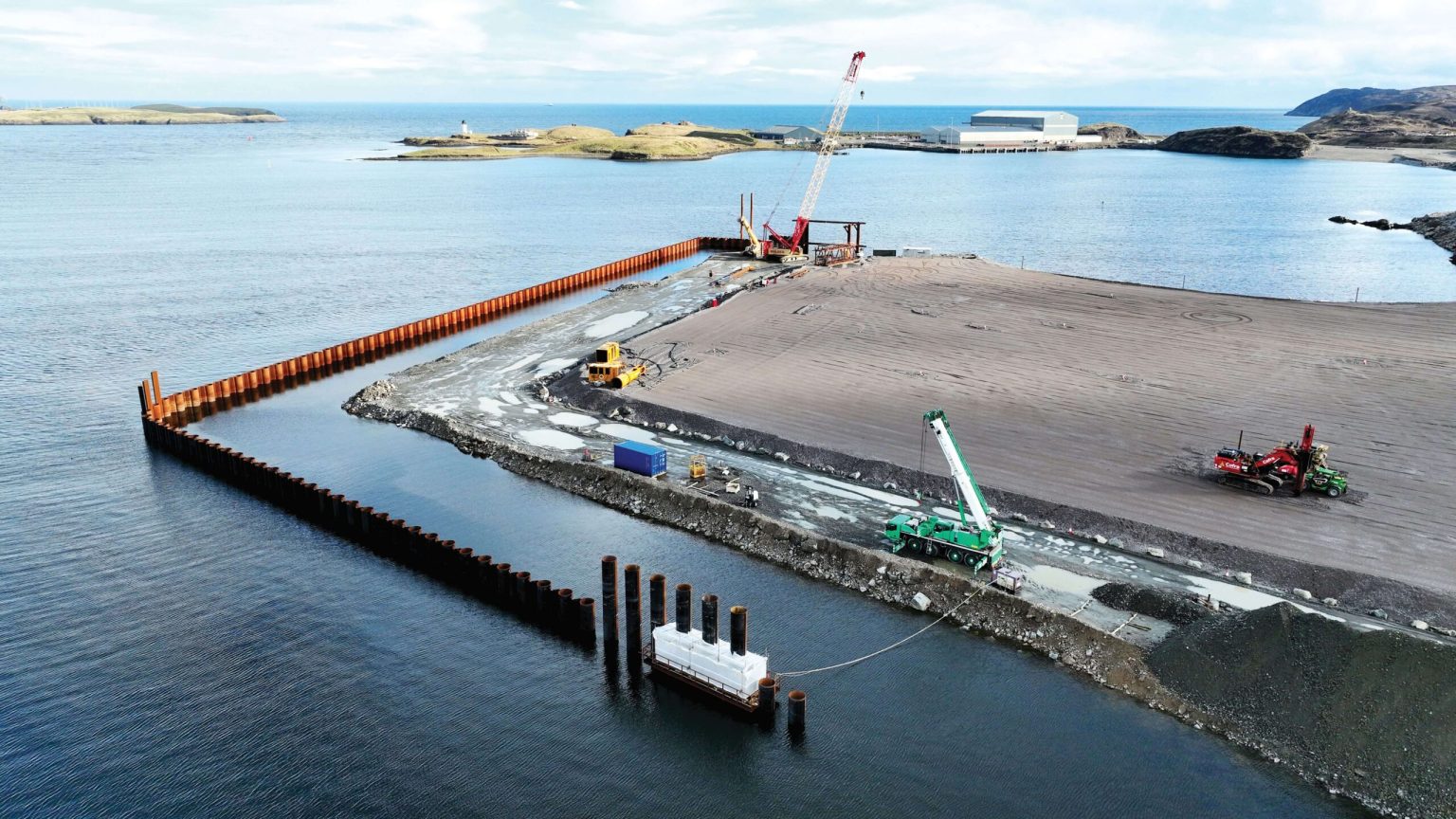Stornoway is set to transform its maritime landscape with the advent of a new deepwater port. This ambitious project, underpinned by substantial investment, aims to accommodate larger cruise ships and boost tourism.
The development represents a significant opportunity for the island, renowned for its rich culture and natural beauty. However, the transition brings challenges in balancing increased visitor numbers with sustainable practices.
Unlocking Stornoway’s Maritime Potential
Stornoway is poised to redefine itself as the central Hebridean Gateway for cruise liners… With backing from various financial sources, the Stornoway Port Authority has embarked on creating Scotland’s first deepwater port, slated to open in 2024. The project boasts funding from Highlands and Islands Enterprise, the local council, and the Port Authority itself, totalling £49m. Despite political challenges, construction is advancing, with the port ready to host ships up to 360 meters. This opens new avenues for tourism, allowing exploration of previously inaccessible regions.
The new facilities will primarily cater to mid-sized vessels like Cunard’s QM2 and Queen Victoria, though the largest Royal Caribbean vessels remain too large to dock. The deepwater port will enhance regional tourism potentials and facilitate extended routes across the West Coast. MacLeod highlighted the strategic importance of Stornoway as essential for hosting cruise lines eager to develop overnight routes, capitalizing on the unique allure of the Hebrides.
An Extraordinary Construction Challenge
Behind the spotlight on the terminal, extensive subaqueous work has been undertaken. Over 500,000 cubic meters of seabed material have been extracted. The excavation was necessary to remove shipwrecks like SS Portugal and SS Alabama that posed risks to navigation. Local contractors successfully mitigated these challenges, ensuring a secure passageway for incoming vessels.
Efforts continue to rejuvenate the sea-bed beneath Stornoway’s iconic port, integrating dredging and reclamation work alongside salvaging operations. A spokesperson for the Port Authority expressed community excitement over the project. Businesses anticipate growth, with some viewing the tourism uptick as a bolster for their economy, asserting, “It’s not just a boost, it’s a safety net.”
Balancing Growth and Conservation
Stornoway’s unique charm presents both opportunities and challenges. The influx of visitors fuels concerns over infrastructure strain and ecosystem damage. Local stakeholders have voiced apprehension about the island’s capacity to sustain larger tourist volumes without detrimental impacts.
Countering these concerns, MacLeod stated that adjustment measures have been implemented. Additional infrastructure such as new roads and transportation channels will regulate visitor flow. A combination of strategic planning with environmental assessments aims to preserve Stornoway’s natural and heritage landscapes amidst this transformation.
The island’s tourism strategy incorporates minimal environmental impact. Collaboration with tourism bodies and environmental experts ensures the preservation of the region’s pristine beaches and cultural sites. While some landscape changes are inevitable, Stornoway remains committed to maintaining its ecological balance.
Economic Revitalisation and Opportunities
The anticipated economic surge from the new port is significant. Experts predict a substantial boost to the local economy, driven by increased tourist numbers. Businesses are eager to capitalise on this opportunity, viewing it as a chance to recover from challenges posed by socio-economic dynamics.
This development is poised to strengthen Stornoway’s economic resilience. Former Deputy First Minister John Swinney outlined the port as a transformative venture for related industries, including clean energy and industrial platforms. These sectors will mutually benefit from the cruise industry’s growth.
The initiative also creates ripple effects, supporting community jobs and invigorating allied sectors. As Stornoway’s maritime operations expand, local enterprises foresee sustained economic prosperity across the islands.
Navigating Community Concerns
Addressing the apprehensions about Stornoway’s capacity to accommodate the influx, MacLeod emphasized preparedness in handling crowds. The island successfully managed large passenger numbers from cruise liners like P&O in the past, showcasing its ability.
Stornoway Port Authority has conducted detailed impact assessments, consulting with stakeholders to refine strategies and expand infrastructure proportionately. Bus routes and transport lines have been optimised, ensuring cultural hubs accommodate visiting tourists safely and efficiently.
The completion of the deepwater port marks a new chapter for Stornoway, promising economic growth while necessitating mindful management of environmental and communal impacts. This development signifies a progressive stride for maritime connectivity, solidifying Stornoway’s role as a pivotal player in the cruise sector’s expansion across Scotland’s west coast.
Stornoway’s imminent expansion as a cruise destination invites both excitement and responsibility. With new infrastructure and strategic planning, the island is preparing to welcome a new era of tourism.
Mindful of potential challenges, Stornoway is committed to sustainable growth, ensuring its cultural heritage and natural landscapes remain unspoiled for future generations.

